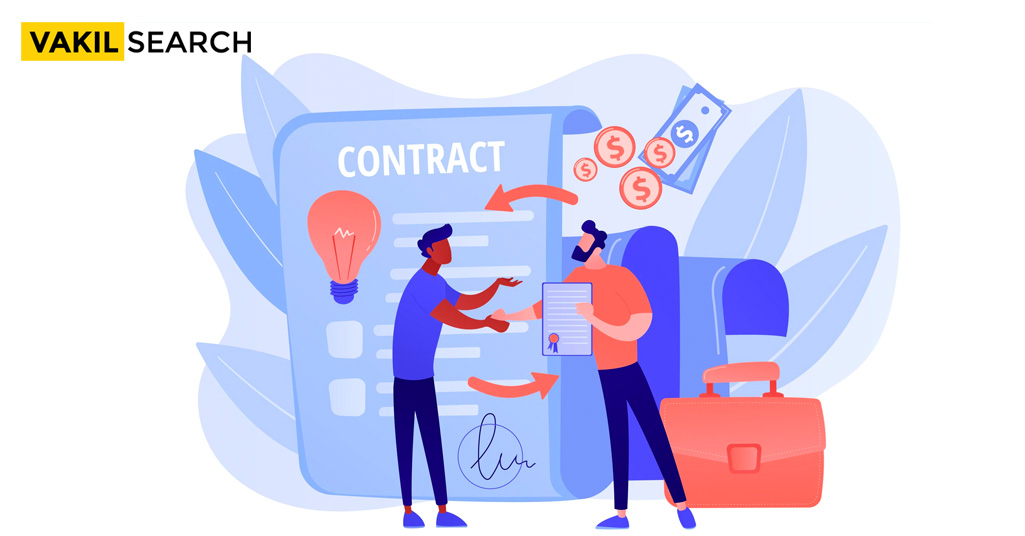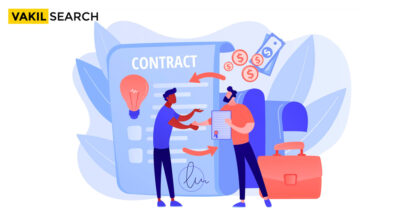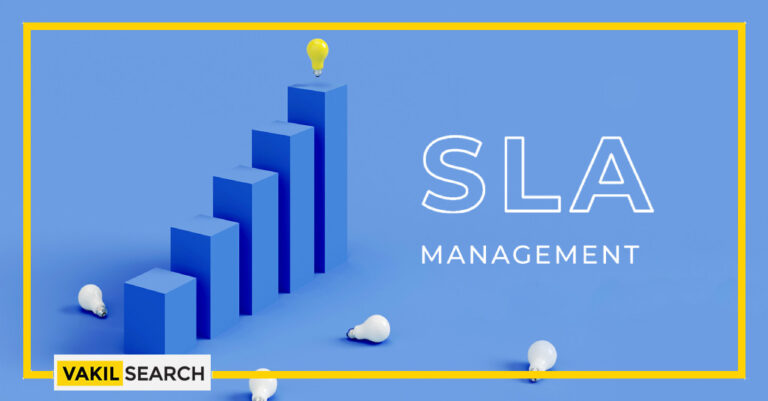The article talks about the preparation of service level agreements concerning outsourcing of services. It also explains the context of web-based service level agreements and why it needs to be prepared by a business organisation.
What is an SLA?
In the realm of business partnerships, a service-level agreement (SLA) emerges as a pivotal contractual necessity. It sets forth the anticipated level of service a customer can expect from a supplier, crystalizing the specific metrics used to gauge that service’s performance.
Beyond this, SLAs outline potential remedies or penalties should the agreed-upon service standards falter. While a Service Level Agreement in Outsourcing is often established between external suppliers and companies, it can also govern interactions between different departments within a single company.
Take, for instance, a telecommunications company’s SLA. It might pledge a remarkable network availability of 99.999 per cent (translating to approximately five and a quarter minutes of downtime annually).
Why do I need an SLA?
An SLA functions as a unifying document that consolidates information about all contracted services and their anticipated reliability. It provides a clear presentation of metrics, responsibilities, and expectations.
Consequently, when service issues arise, neither party can claim ignorance. This is because an SLA ensures a shared comprehension of requirements, thereby mitigating potential conflicts.
A business contract without an attached SLA and legal oversight from Vakilsearch experts can lead to deliberate or accidental misunderstandings. An SLA is needed as it acts as a protector for both parties in the agreement.
Service Level Agreement for Outsourcing
A service level agreement is defined as an agreement between the IT outsourcing service providers and the customers. A properly implemented service level agreement summarises the customer’s objectives and expectations, which helps the service provider to deliver the services following business outcomes. A majority of the organisations in the IT industry are using this type of SLA metrics, including services such as cloud computing.
Process of preparing Service Level Agreements in IT Out-Sourcing
The process of preparing a service-level agreement is not at all easy. It is important to note that such documents are legally binding in bringing together the service provider and the consumer. Therefore, most legal personnel preparing such a document revealed that it could be done step-by-step.
To understand the process of preparing an SLA in the given context, you have to:
- Choose the perfect Metrics;
- Make a mention of Measures to be taken for unmet obligations;
- Take into consideration additional costs;
- Make provisions under risk management and disaster recovery;
- Include Reward against performance.
- Metrics: The most crucial part of all Service Level Agreements is to select the right metrics to measure the results for the provided services. A specific business outcome is mapped, while consumer expectations can be toned down. Thus, SLAs are a way to evaluate the quality of the service provided by the provider. These metrics can help you assess your business performance per the core factors related to gaining consumer attention at the end of the day.
- Measure to be taken for unmet obligations: Sometimes, the terms and conditions of SLAs can never be enforced with complete honesty. Both parties should keep themselves ready to face such issues, which can lead to business conflicts. The amount of penalty applied in such a situation should be mentioned in the SLA. The consequences must be well defined in the Service Level Agreement to avoid legal complications, especially in critical business solutions.
- Additional costs: It considers outsourcing, which is a long-term collaboration. In this situation, there may be some practical challenges in providing the same service at the agreed costs for a longer time. So, in that case, both parties should agree upon who will contribute meaningfully towards the additional cost. If the service provider tries to pass on this to the customer, it must be mentioned in the SLA in a specific context.
- Risk management and disaster recovery: Every outsourcing company has a chance of facing disaster, which is why they have a recovery plan. SLAs should include these disaster recovery plans as and how applicable. This helps everyone get a clear picture of their responsibilities and try to act according to the agreement.
- Reward against performance: The service provider can perform well ahead of the agreed level of the service pattern as mentioned. In that case, the Service Level Agreement should carry a reward programme that mentions the bonus or other benefits to be given to them as a token of goodwill. It is recommended when the service provider generates a significant value for the customer’s business.
The Definition of Web Service Level Agreement or WSLA
Web service level agreement or WSLA is defined as the service level related to performance metrics associated with a specific web service. It included the agreed performance goals and the measures to be taken if the goal remains unmet. The WSLA language is based on XML. Both the parties, i.e. customer and service providers, can use this agreement to configure their respective systems to provide and monitor their service. This is known as deployment. Every company has their own set of deployment with the help of which they interpret the WSLA and takes necessary action.
WSLA Creations
WSLA is made based on all the information gathered and agreed upon by both parties, including the roles, details of their actions, and measures to be taken if the service level is not achieved. The WSLA creation process can be done online in many cases. After a set of information exchanges online via negotiation, the WSLA was published.
- Deployment process: The process involved in interpreting a WSLA is called deployment. It also includes the corresponding components needed to oversee the WSLA.
- Scope of specification: The WSLA covers the basic view of the service and its performance levels. The actual system may be more complicated than whatever is agreed upon in the WSLA. There is also scope for collecting more metrics internally and evaluating them.
Conclusion
Service Level Agreements are most commonly used to date, whereas WSLA is a bit complicated and needs more technical knowledge to be prepared. Legal personnel reveal that both documents more or less carry the same structure and agreement clauses as applicable in a business context. Therefore, WSLA is a more refined type of Service Level Agreement that very limited companies like IBM are using. It is not that popular as it has some limitations regarding language and other factors. Somewhere down the line, it is a futuristic model of agreement where people start trusting code language instead of verbal communication.
In most cases, legal experts suggest that such documents need to be prepared by authorised personnel as it creates the perfect legal bind between two parties in context. Service Level agreements vary in terms of changing context, terms and conditions as well. A change note needs to be incorporated to bring clarity of understanding and comprehension to both parties. The legal agreement should also be accepted, and a witness is required to endorse the process.
FAQs
What are the 3 types of SLA?
The three main types of SLAs are Customer-based SLAs, Service-based SLAs, and Multi-level SLAs. These classifications cater to different types of service commitments.
What is a service level agreement?
A service level agreement (SLA) is a contractual document that outlines the specific service expectations between a customer and a service provider. It defines the metrics used to assess service performance and any consequences for failing to meet the defined standards.
What is SLA for recruitment process outsourcing?
In the realm of recruitment process outsourcing (RPO), an SLA details the agreed-upon hiring terms, performance metrics, and obligations between the RPO provider and the hiring organization. It ensures transparency throughout the recruitment process.
Why is SLA critical for BPO?
In the context of business process outsourcing (BPO), an SLA is paramount as it highlights the expectations between the client and the BPO service provider. It guarantees the quality of service and facilitates effective communication.
Also, Read:










